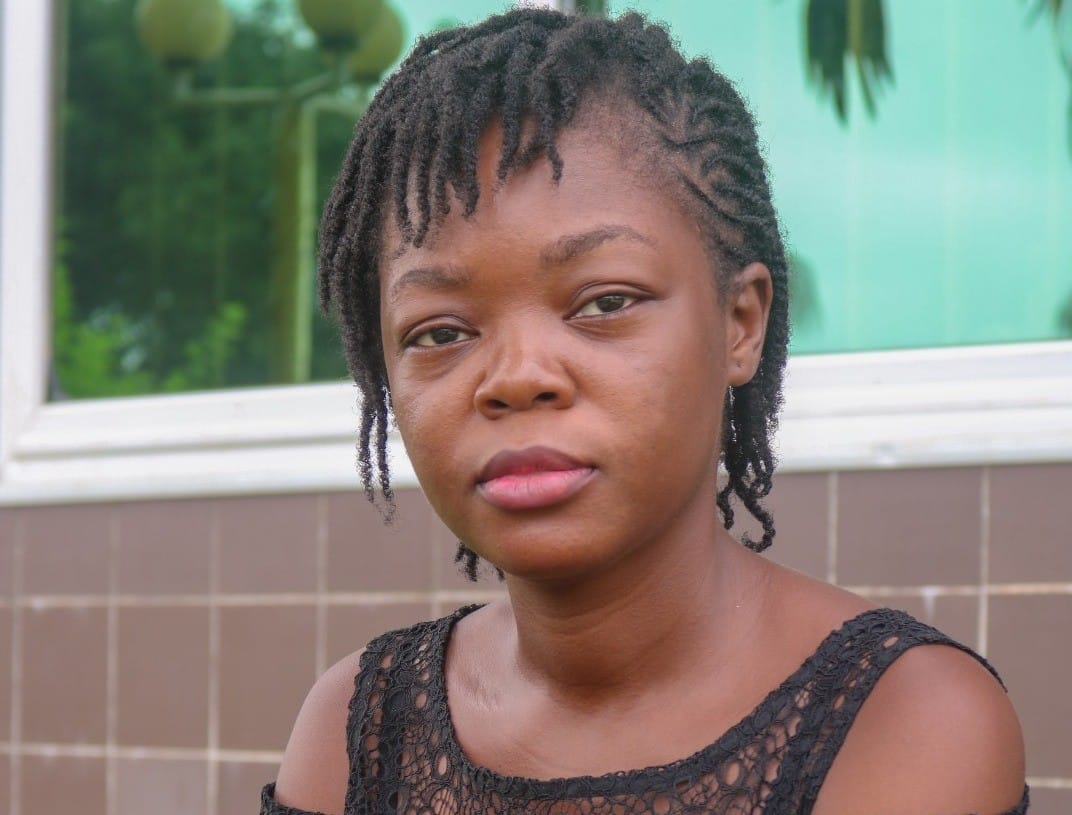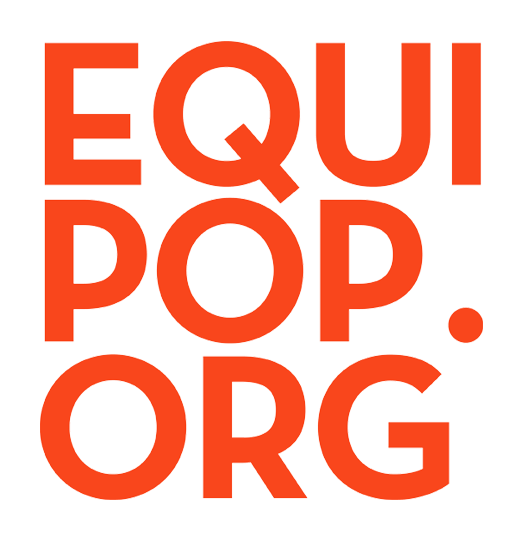
– Testimony – Mariette Montcho, President, ROAJELF and the Change Lab consortium #Ondoitagir in Benin
« We should use a change-oriented approach in all development projects, because it is people-centered. »
In your view, what distinguishes the changeoriented approach from other approaches to project monitoring ?
Often while implementing a project, we realize that planned activities either won’t or will no longer help achieve the project objectives, but we can’t adjust those activities. We then feel stuck in the implementation with no room to maneuver. Also, when a project ends, it is often difficult to measure its impact on the target or the area of intervention. A changeoriented project monitoring approach provides a solution to these problems. What is interesting is how change-oriented project monitoring focuses on people rather than on quantitative values that ultimately leave a project feeling unfinished. Unlike many monitoring approaches, the change-oriented approach leads to meaningful participation by those involved, making them drive desired changes. The change-oriented approach also stands out from other techniques by its dynamic nature, accompanying and guiding a project over time.
How does change-oriented project monitoring help you ?
Change-oriented project monitoring gives us an opportunity to execute projects in a more human and concrete way. It brings us closer to the target beneficiaries of the communities we are working for. It is also motivational. Indeed, by allowing us to measure small steps and changes, it captures the full dimension of changes that take place over time. Changeoriented project monitoring allows us to adjust our activities in order to achieve the desired end results. It draws us closer to the community and promotes permanent dialogue.
What challenges do you need to overcome as you experiment with change-oriented project monitoring ?
I have several questions which express remaining challenges: How can I get enough information to illustrate the changes observed? How often should I collect the information? How can I adapt the approach to the realities of each community and area?
What advice do you have for others who want to take up change-oriented monitoring ?
First, find out more about the change-oriented approach to project monitoring. Good documentation is important even if nothing beats practice. Then, share knowledge about the approach with project stakeholders very early on, to make it easier to collect data on the changes. It is a good idea to use everyday stories to make it easier to understand the approach.
Accept that change takes time. Indeed, when observing changes on a project, we sometimes feel like things are stagnating, that the anticipated changes are not occurring. This is normal! Finally, learn from the experiences of others who have already used changeoriented monitoring, remembering, though, that the approach is unique to each project and person.


